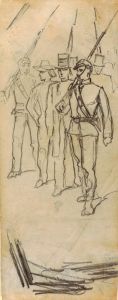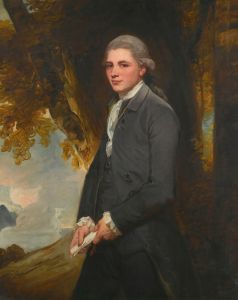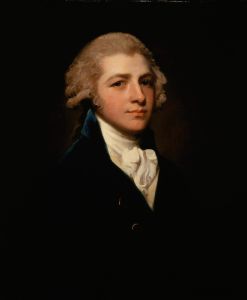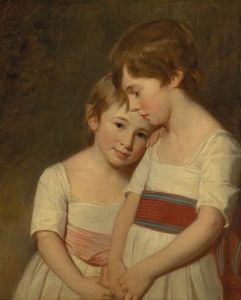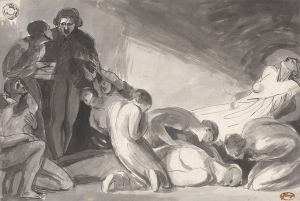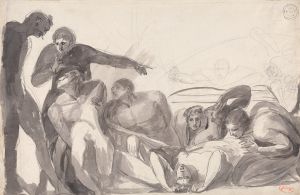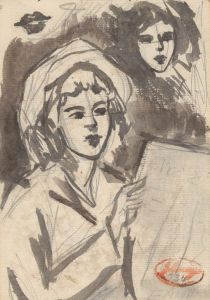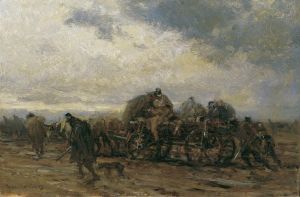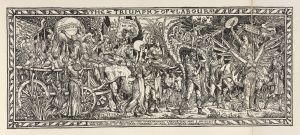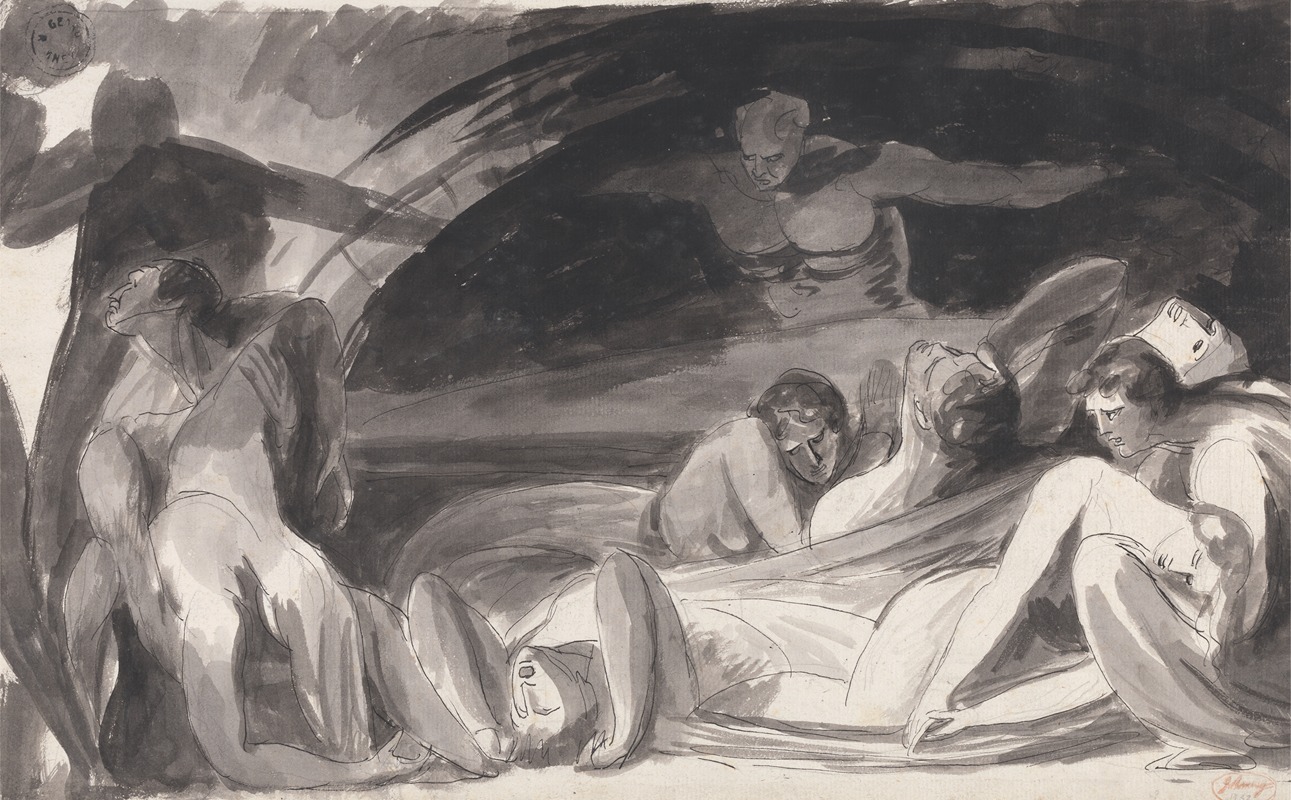
Howard Visiting a Prison
A hand-painted replica of George Romney’s masterpiece Howard Visiting a Prison, meticulously crafted by professional artists to capture the true essence of the original. Each piece is created with museum-quality canvas and rare mineral pigments, carefully painted by experienced artists with delicate brushstrokes and rich, layered colors to perfectly recreate the texture of the original artwork. Unlike machine-printed reproductions, this hand-painted version brings the painting to life, infused with the artist’s emotions and skill in every stroke. Whether for personal collection or home decoration, it instantly elevates the artistic atmosphere of any space.
"Howard Visiting a Prison" is a painting by the British artist George Romney, created in the late 18th century. George Romney, born in 1734, was a prominent English portrait painter, known for his vivid and expressive style. He was one of the leading portraitists of his time, alongside contemporaries such as Joshua Reynolds and Thomas Gainsborough.
The painting depicts John Howard, a noted philanthropist and prison reformer, during one of his visits to a prison. John Howard, born in 1726, was a significant figure in the movement for prison reform in the 18th century. He dedicated much of his life to improving the conditions of prisons and the treatment of prisoners. His work was instrumental in raising awareness about the dire state of prisons and advocating for more humane conditions.
In "Howard Visiting a Prison," Romney captures the essence of Howard's mission and character. The painting portrays Howard in a prison setting, interacting with inmates and observing the conditions they endure. Romney's depiction is both a tribute to Howard's humanitarian efforts and a reflection of the social issues of the time. The painting is noted for its attention to detail and the emotional depth it conveys, highlighting the contrast between Howard's compassionate presence and the grim environment of the prison.
Romney's choice to paint John Howard reflects the broader cultural and social movements of the 18th century, where issues of social justice and reform were gaining prominence. Howard's work had a lasting impact on prison reform, leading to significant changes in how prisons were managed and how prisoners were treated. His legacy is remembered for the emphasis on rehabilitation and humane treatment, principles that continue to influence modern corrections systems.
The painting itself is an example of Romney's skill in capturing not just the likeness of his subjects, but also their spirit and the context in which they operated. Romney's portraits often went beyond mere representation, offering insights into the personalities and lives of his subjects. In "Howard Visiting a Prison," this approach is evident in the way he portrays Howard's empathy and determination.
While the exact date of the painting's creation is not specified, it is consistent with Romney's active period as an artist, which spanned from the mid-18th century until his death in 1802. The painting is part of the broader body of work that established Romney's reputation as a leading portraitist of his era.
"Howard Visiting a Prison" remains an important work for its historical context and its artistic merit. It serves as a visual document of John Howard's contributions to social reform and as an example of George Romney's ability to capture the essence of his subjects. The painting continues to be studied and appreciated for its historical significance and its role in the narrative of prison reform.






